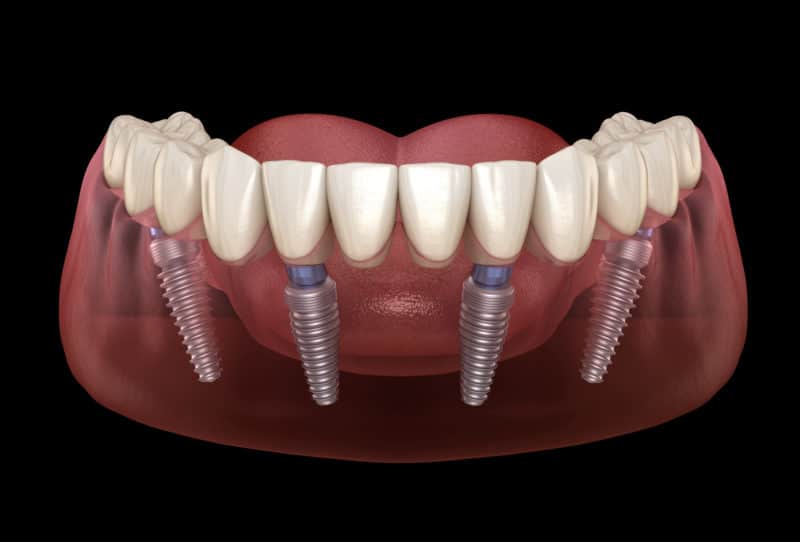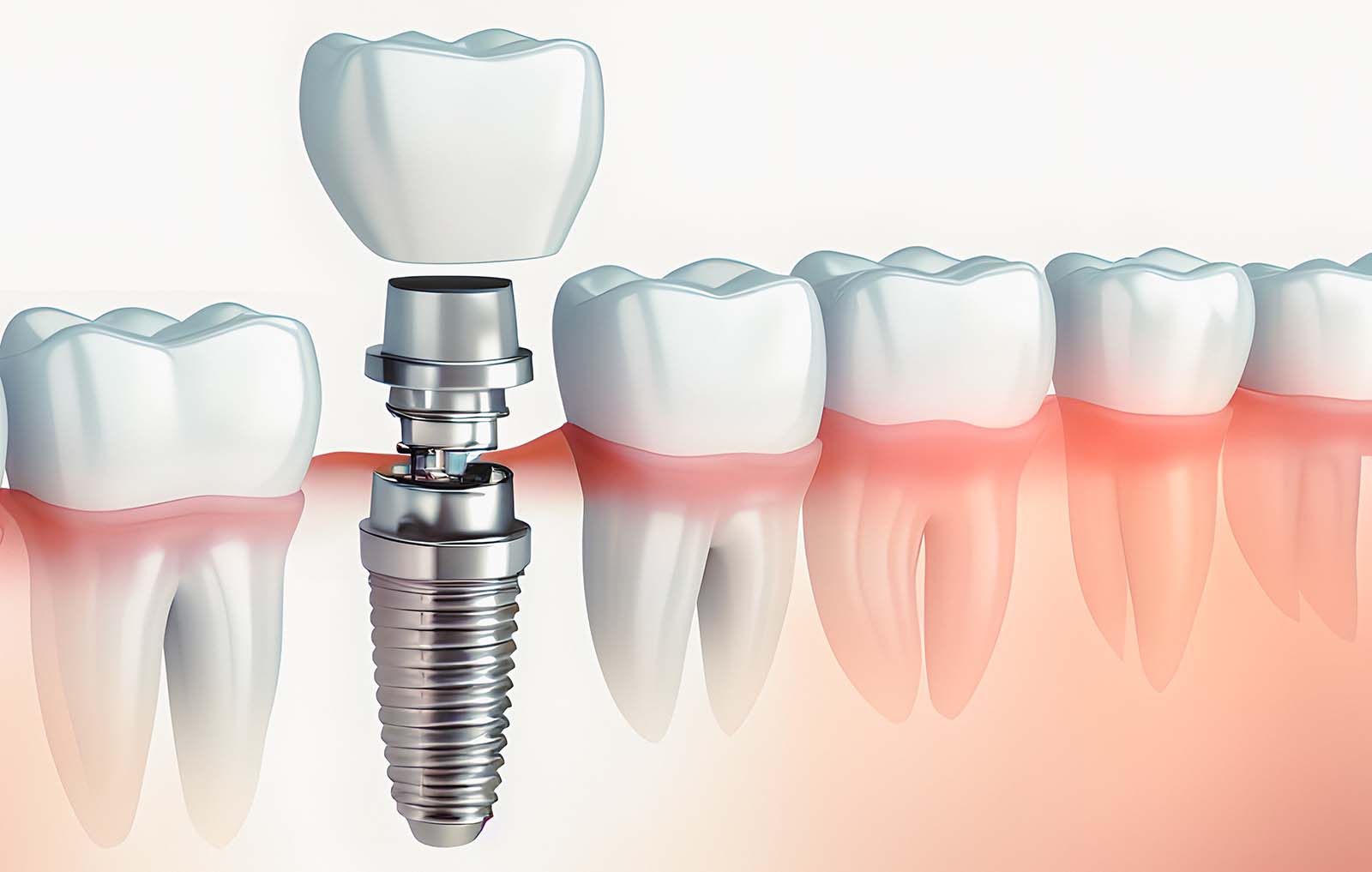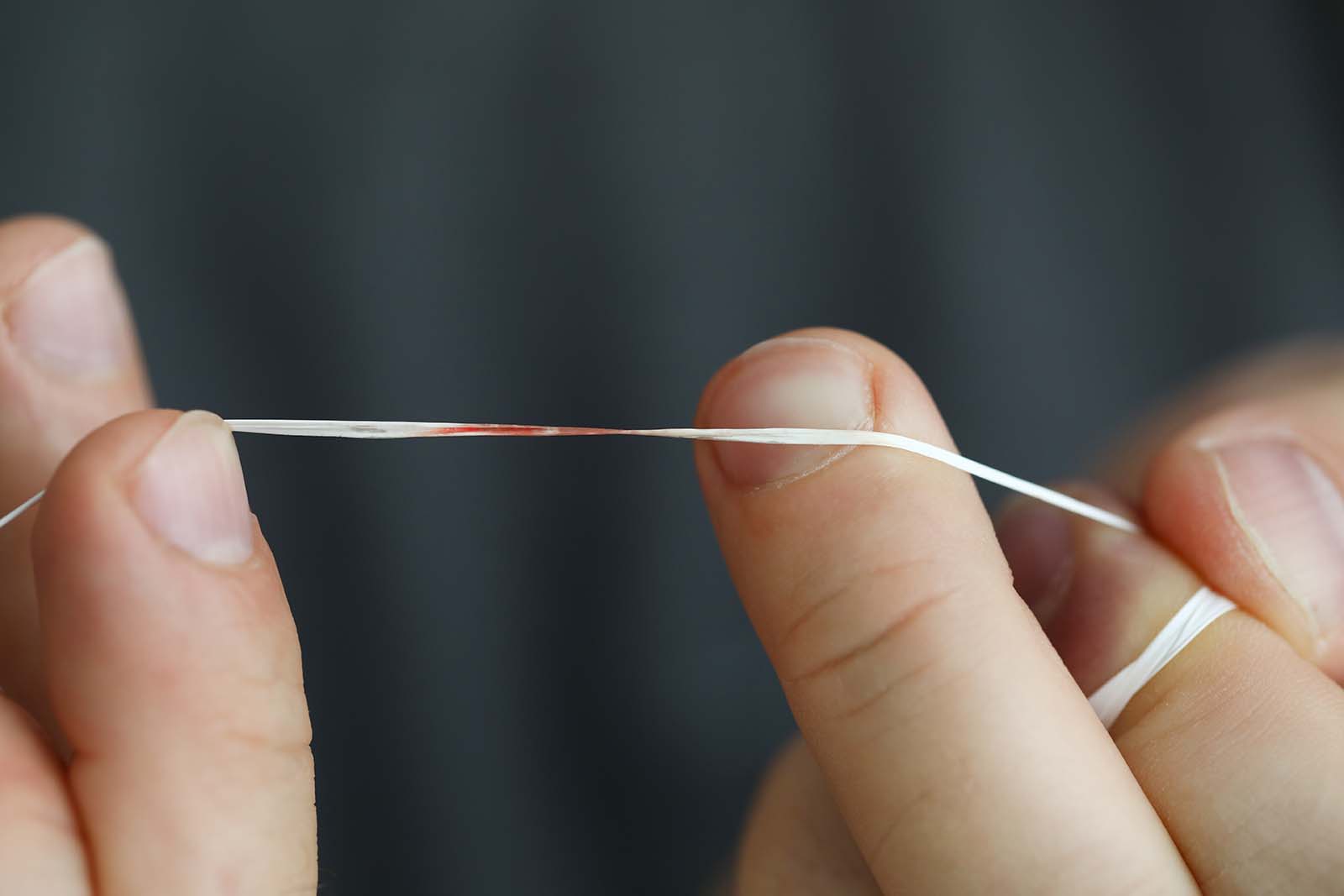Osteoporosis and dental implants do not mix for people who want strong teeth. The risks of cracks and fractures are higher for those who have this bone disease. Fortunately, there are medications and treatments made to reduce the symptoms. All teeth are different, so people must receive thorough dental evaluations to see if they qualify for implants.
Osteoporosis is a condition that reduces the bone mass in a person’s body. The disease mainly affects older women and men to lesser extents. Patients reduce the symptoms by following certain diets and lifestyles. If problems are found early, the condition can be prevented. Some medications, such as bisphosphonates and teriparatide, are taken to improve bone mineral density. However, there is inadequate proof that the treatments work after a certain number of years. In addition, increasing the calcium intake is not guaranteed to work. Some women with the postmenopausal condition will take Prolia, which was approved by the FDA in 2010. Possible side effects include osteonecrosis of the jaw (ONJ), increased risk of hypocalcemia and hypersensitivity. Anyone interested in treatments should discuss the advantages and disadvantages with doctors.
Many people with bone loss are interested in getting dental implants. Even with extensive bone loss, the dentists can still find proper fittings for them. With or without this condition, patients can work with implants as long as they heal and care for the teeth properly. Some dentists believe that getting implants is one way to decrease bone resorption.
In many cases, dentists have to reverse the loss of bone in order to fit the implants securely. Patients are encouraged to eat healthy, take medications and care for teeth every day. Also, bone grafting is an operation that places new bone and gums into the mouth. The process involves widening the jaw bone to make it big enough to contain implants. Over time, the conjoined bone and tissue grows into the existing dental structure. The recovery and efficiency depends on the complexity of the procedure.
Osteoporosis is an age-related condition that affects millions of people, both men and women alike. These people have high risks of unexpected fractures if they do not seek treatments. The disease is progressive with few symptoms until the bones fracture, usually after falls. Some causes are known and not all medications are proven to work. People who show risk factors are encouraged to evaluate their risks and create a healthcare plan with a doctor.












